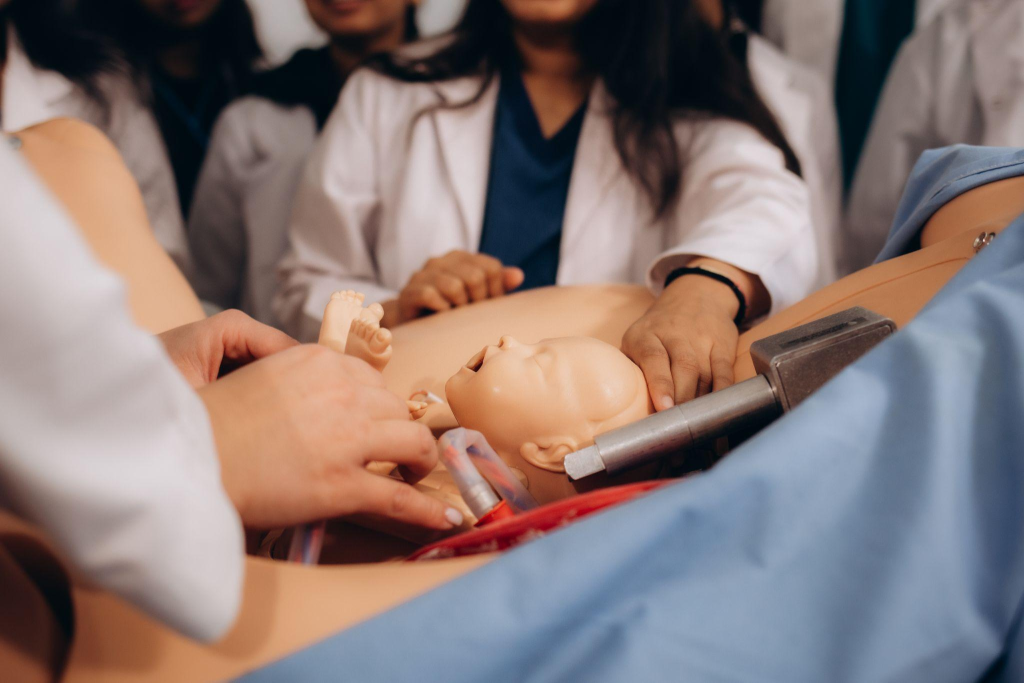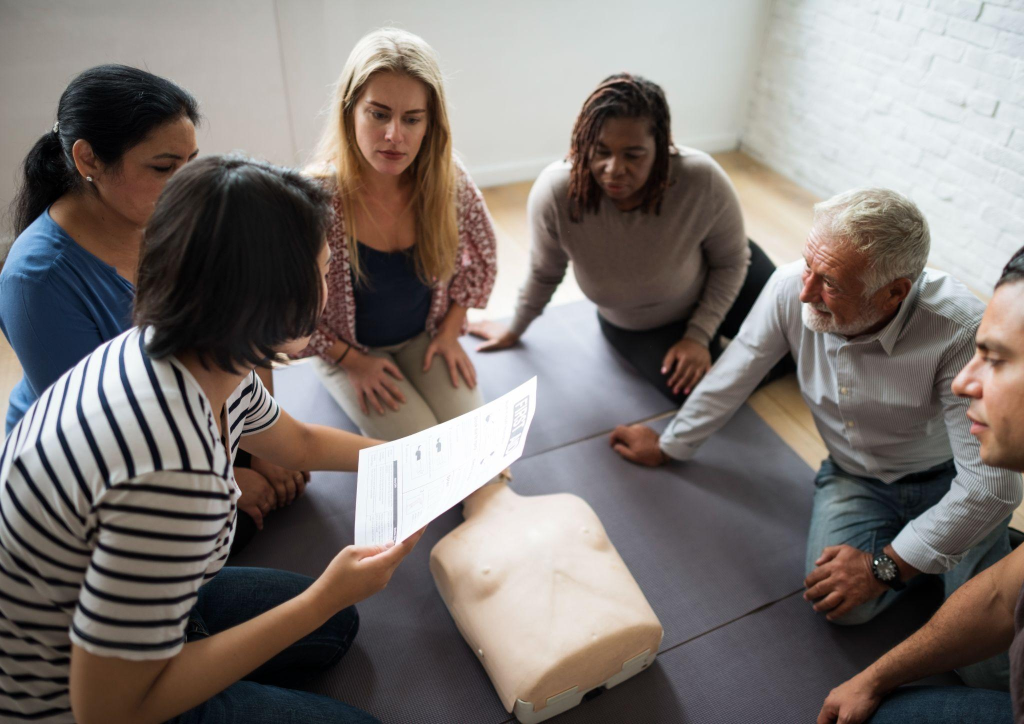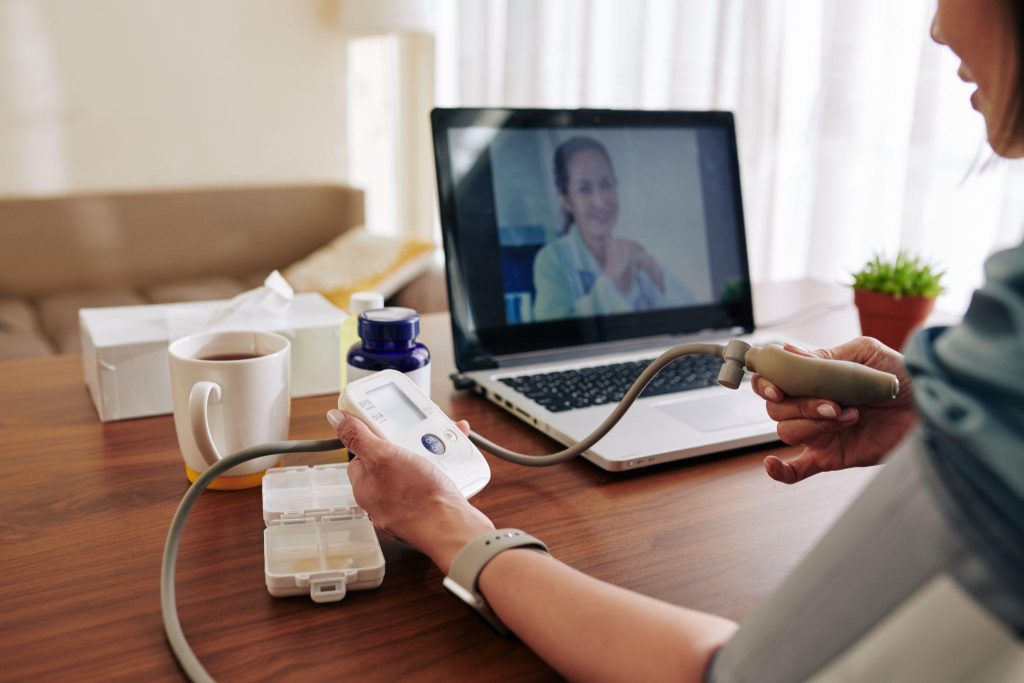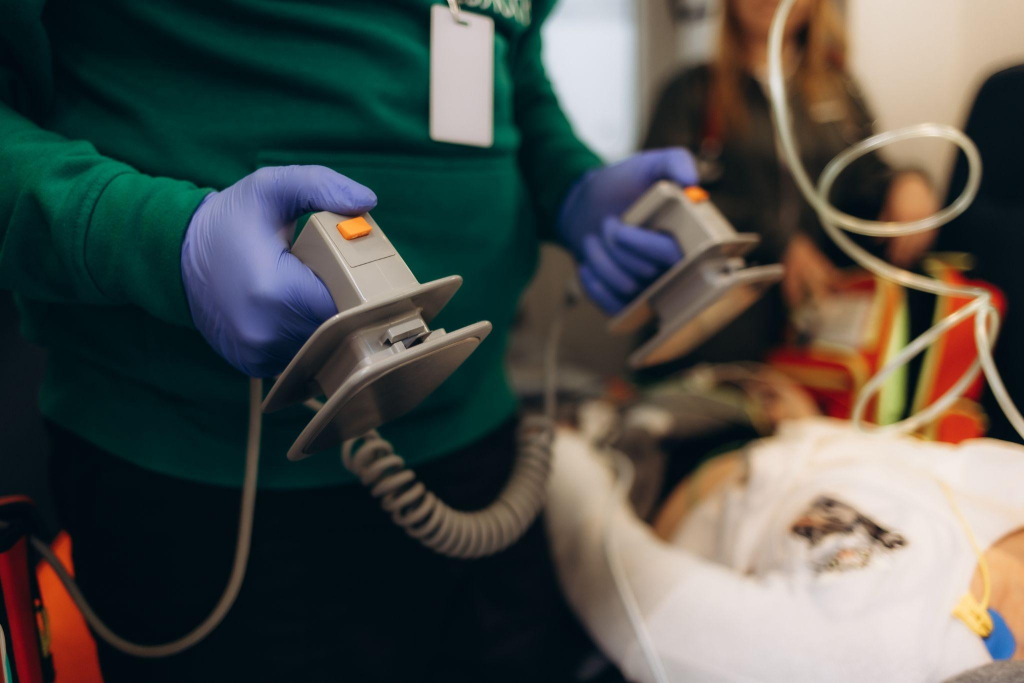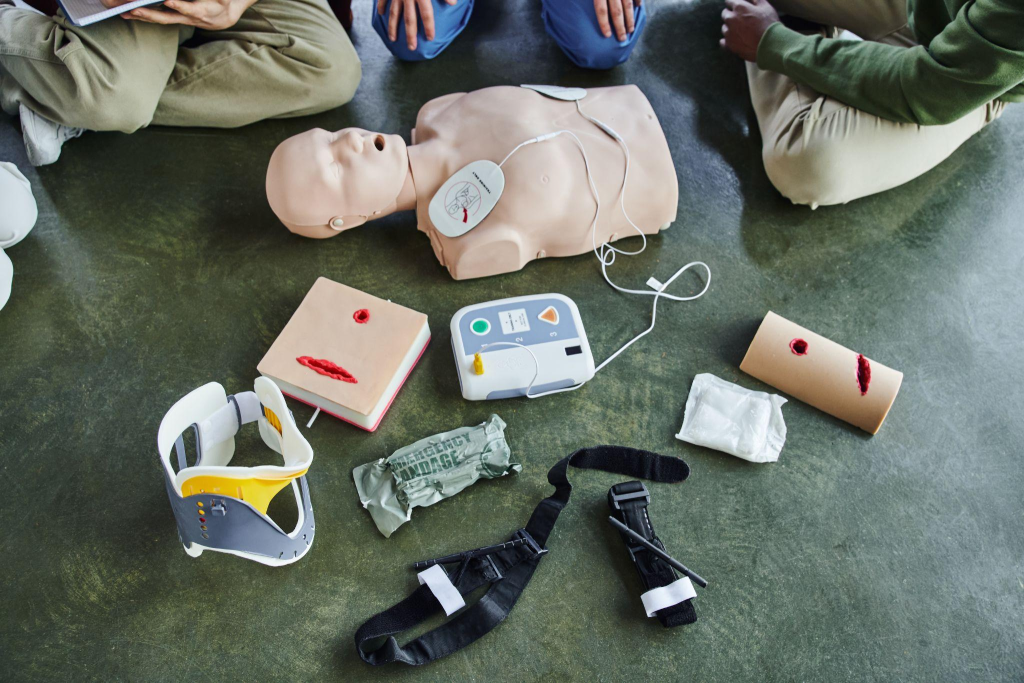The Benefits of BLS and ACLS Training for Senior Living Facilities
Senior living facilities are entrusted with the care and well-being of a vulnerable population. Ensuring that staff members are equipped with the right training and tools to respond to medical emergencies is not just an added benefit but a necessity. Basic Life Support (BLS) and Advanced Cardiovascular Life Support (ACLS) training programs provide crucial skills and knowledge that can make a significant difference in outcomes during emergencies. Here’s why implementing BLS and ACLS training is a game-changer for senior living facilities:
1. Enhanced Emergency Response Preparedness
Medical emergencies such as cardiac arrest, choking, or respiratory distress can occur at any time, especially among older adults. BLS training equips staff with essential skills like CPR, using automated external defibrillators (AEDs), and managing airway obstructions. ACLS training takes this a step further by teaching advanced skills such as interpreting ECGs, administering life-saving medications, and managing complex cardiac emergencies. Together, these programs ensure a swift and effective response during critical moments.
2. Improved Resident Survival Rates
Cardiovascular events are a leading cause of death among seniors. The American Heart Association highlights that immediate CPR and defibrillation can significantly improve survival rates in cardiac arrest cases. Staff trained in BLS and ACLS can recognize the signs of cardiac distress early, initiate timely interventions, and sustain life until advanced medical care arrives, giving residents a better chance of recovery.
3. Increased Confidence Among Staff
Knowing how to respond in a life-threatening situation fosters confidence and reduces panic. BLS and ACLS training empower staff members with hands-on experience and scenario-based learning, ensuring they feel capable and calm under pressure. This confidence translates to better decision-making and teamwork during emergencies.
4. Compliance with Regulatory Standards
Many state and federal regulations require senior living facilities to have trained personnel on-site who can respond to medical emergencies. BLS and ACLS certifications help facilities meet these requirements, ensuring compliance with healthcare standards and minimizing liability risks.
5. Reassurance for Residents and Families
Residents and their families want to know that their loved ones are in safe hands. Having a well-trained staff equipped with BLS and ACLS certifications sends a strong message that the facility prioritizes the health and safety of its residents. This can improve trust and satisfaction, enhancing the facility’s reputation.
6. Cost-Effective Risk Management
While investing in training programs requires an upfront commitment, it can save facilities money in the long run. Online training is also effective in saving time. The courses with AffordableACLS.com can be completed in 1-2 hours vs taking a whole day out of your schedule for a live course. Prompt and effective emergency response can reduce hospital readmissions, prevent long-term complications, and mitigate potential legal issues stemming from inadequate care during emergencies.
7. Promotes a Culture of Safety
A commitment to continuous learning and preparedness fosters a culture of safety within the facility. Regular BLS and ACLS training sessions keep staff up-to-date with the latest protocols and ensure everyone is prepared to act as a cohesive unit during emergencies. This culture of safety benefits not only the residents but also the staff, as it reduces workplace stress and improves overall morale.
Implementing BLS and ACLS Training
To integrate BLS and ACLS training effectively:
- Partner with Accredited Providers: Work with certified training organizations to provide high-quality instruction and certifications.
- Schedule Regular Refresher Courses: Emergency response skills need to be updated periodically (every 2 years) to remain effective. Ensure staff undergo recertification as required.
- Customize Training for Your Facility: Tailor the training programs to address the specific needs of your residents and the layout of your facility.
- Promote Team-Based Training: Encourage interdisciplinary training sessions to foster collaboration and communication among staff.
Conclusion
BLS and ACLS training are vital investments for senior living facilities, directly impacting the safety, health, and quality of care provided to residents. By equipping staff with these life-saving skills, facilities can enhance their emergency response capabilities, improve outcomes, and build trust with residents and their families. Take your course on AffordableACLS.com today. Ultimately, the benefits of these programs go beyond compliance; they exemplify a commitment to excellence in care.




